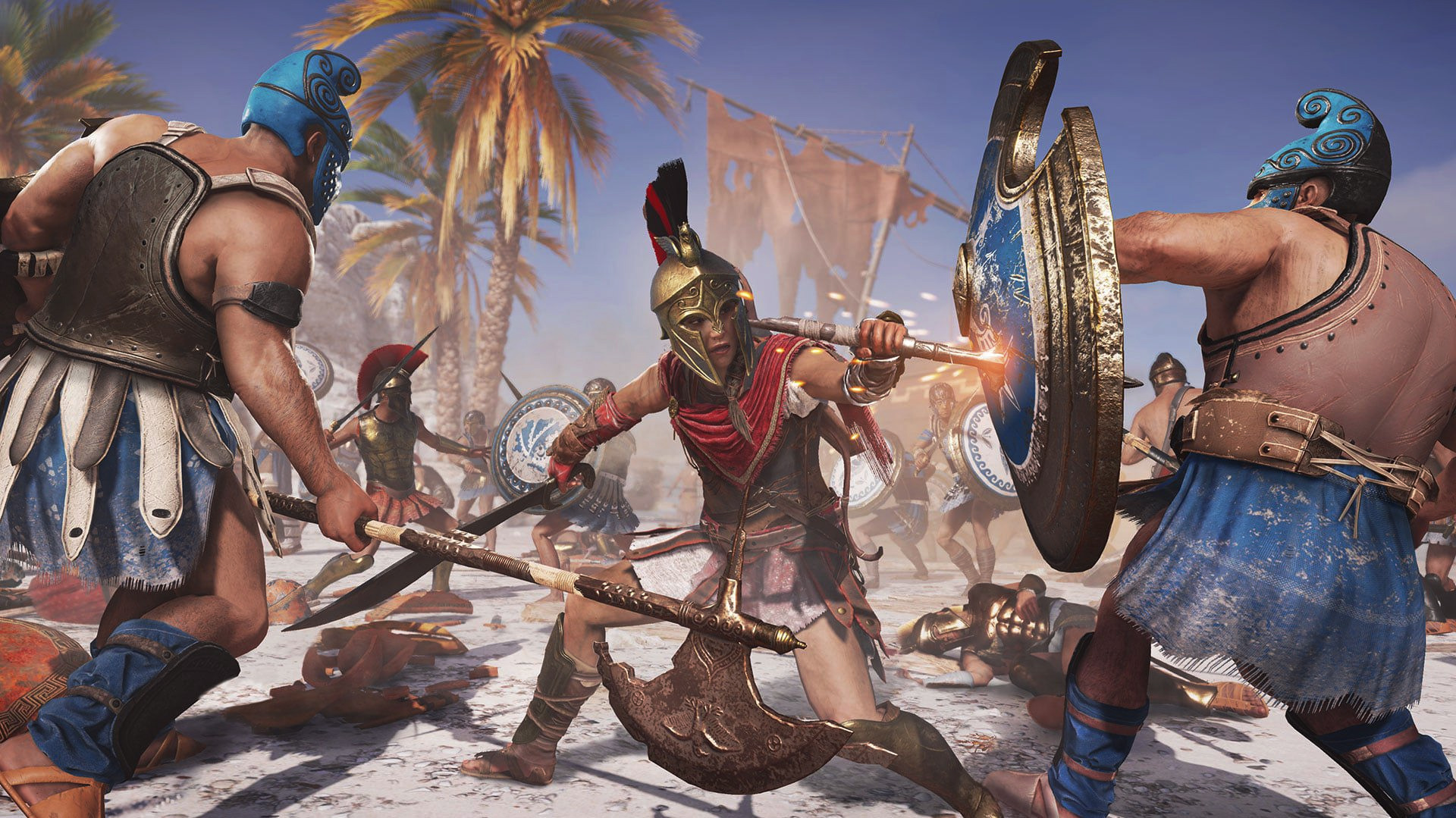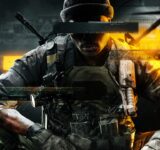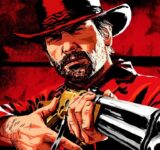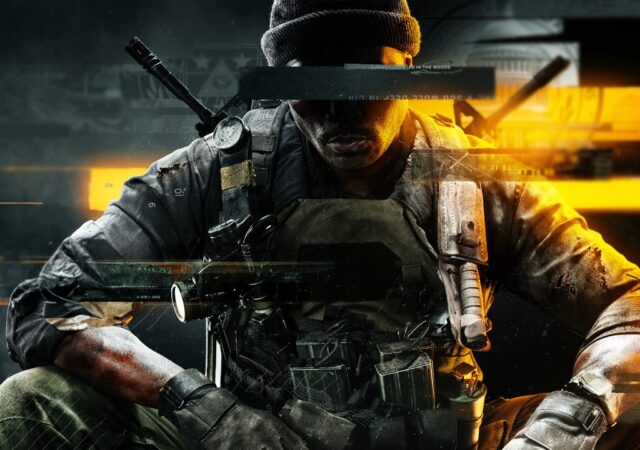I was introduced to Assassin’s Creed seven years ago by my best friend. He was super excited one morning at school because he played a cool new game.
When the original Assassin’s Creed was released eleven years ago, it redefined the world of open-world games. Its world offered a vast amount of possibilities- your avatar, Altair, could traverse through an authentic recreation of the 12th century Holy Land, filled with crowds and vendors of all kinds.
Oddly, enough the original Assassin’s Creed began as a Prince of Persia game. It soon morphed into something else, and at the time of release, it felt more like a proof of concept than a full game, with only nine missions to play around a vast world.
The Start of Something New
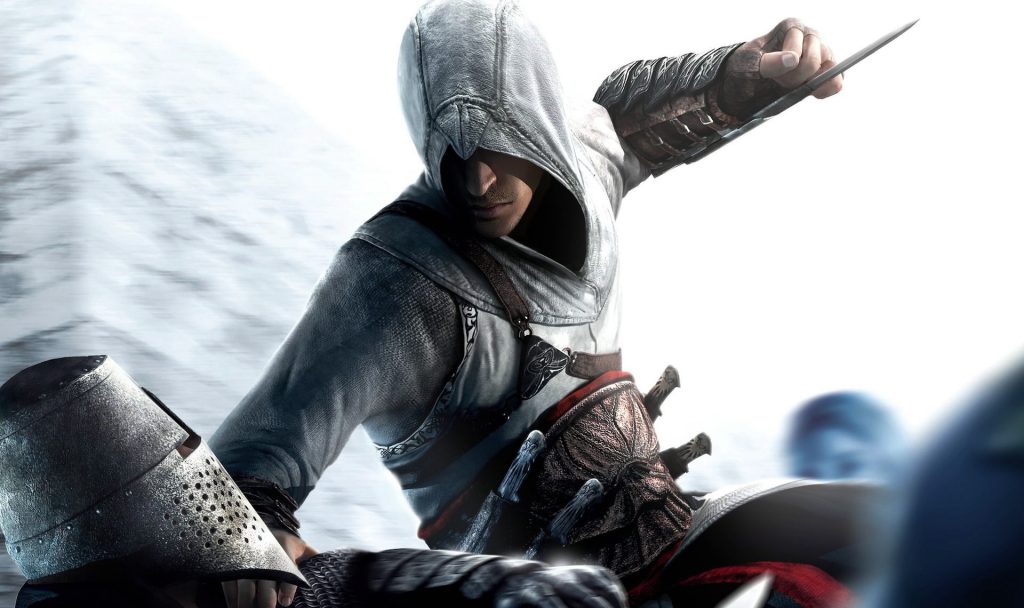
“I remember that the Prince of Persia core team wanted to stay together and create something bigger,” said David Chateauneuf, the lead level designer to Polygon.
“At first we thought that we could do a Prince of Persia open world. We did not [yet] have the concept of an assassin fighting in an open world — we didn’t have the engine to build that type of game.”
The core philosophy of the original game- the three pillars of combat, navigation and stealth- has remained central to the series as it has evolved. The next entry in the series, Assassin’s Creed II, included a much more polished and fleshed out world, bolstered by the addition of the new protagonist, Ezio Da Firenze Auditore and his new narrative. Things stayed largely the same over the course of the two spinoffs, Brotherhood and Revelation, although the latter faltered due to an aging game engine and an uninspired storyline.
A Messy Evolution
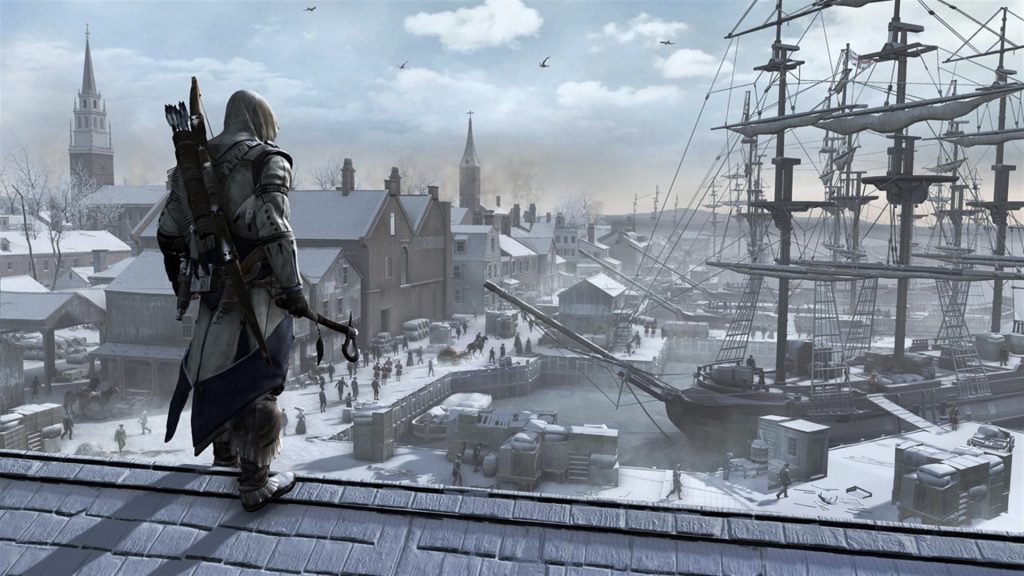
Things changed with Assassin’s Creed III, which brought the story of the series’ present day protagonist, Desmond Miles, to a close. The entry, panned for its disappointing protagonist Connor Kenway, was followed by the highly acclaimed Assassin’s Creed IV: Black Flag.
Assassin’s Creed IV: Black Flag was a breath of fresh air and unlike anything seen before in the series, with added emphasis on naval gameplay and exploration.
The series fumbled with the shift to next gen with Unity, which was plagued with multiple bugs on release day. Although a competent game, the resulting backlash hounded not only Unity’’s sales, but also its successor, Syndicate’s sales as well, forcing Ubisoft to take a year of from publishing to recuperate and rethink its strategy.
Redefining the Formula
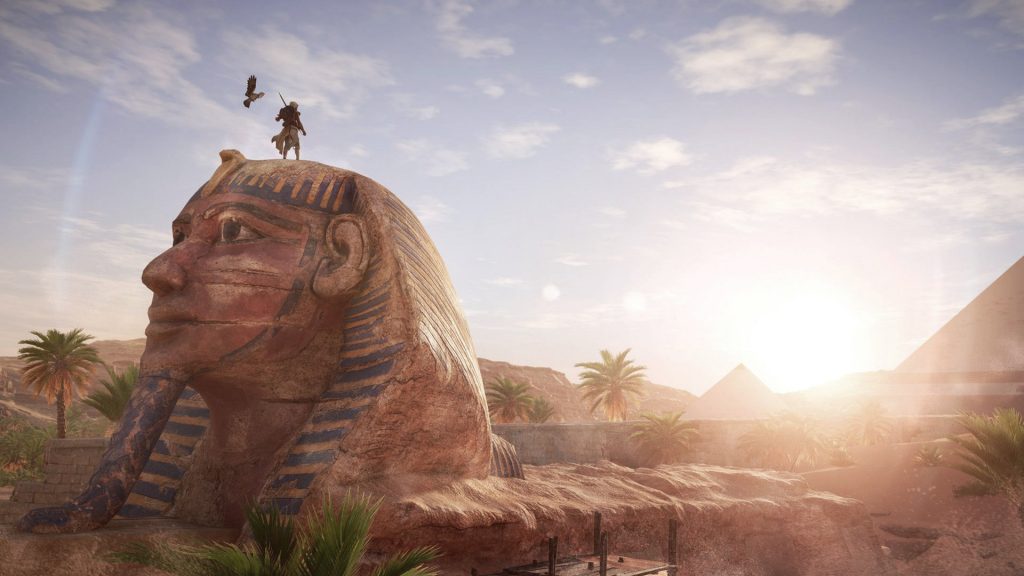
The series return, with Assassin’s Creed: Origins, tackled a big challenge, as it dealt with the origins of the series’ Assassins’ Brotherhood. ““We wanted to tell a story of the origins of the Brotherhood – how this group of men and women protecting free will came to organize itself,” said Jean Guesdon, Creative Director of Origins. Origins, great new engine, gorgeous graphics and vast, authentic world revitalized the series once again.
Origins’ follow-up, Odyssey, however, doesn’t feel like an Assassin’s Creed game.
It doubled down on the RPG elements by introducing a dialogue wheel, and also allowing the players to choose between a male and a female protagonist. Although Odyssey is an excellent game, there’s not much in it that’s uniquely Assassin’s Creed. Since the game takes place before the founding of the Brotherhood, the assassination missions are essentially similar to stealth missions in any other open-world game.
It also has competition from many other open world games that have aped and adapted its series formula, such as the Shadow of Mordor series. There’s also other offerings such as Insomniac’s Spider-man and Red Dead Redemption II, both of which feel vibrant and vast for different but equally compelling reasons.
Letting Go of the Past
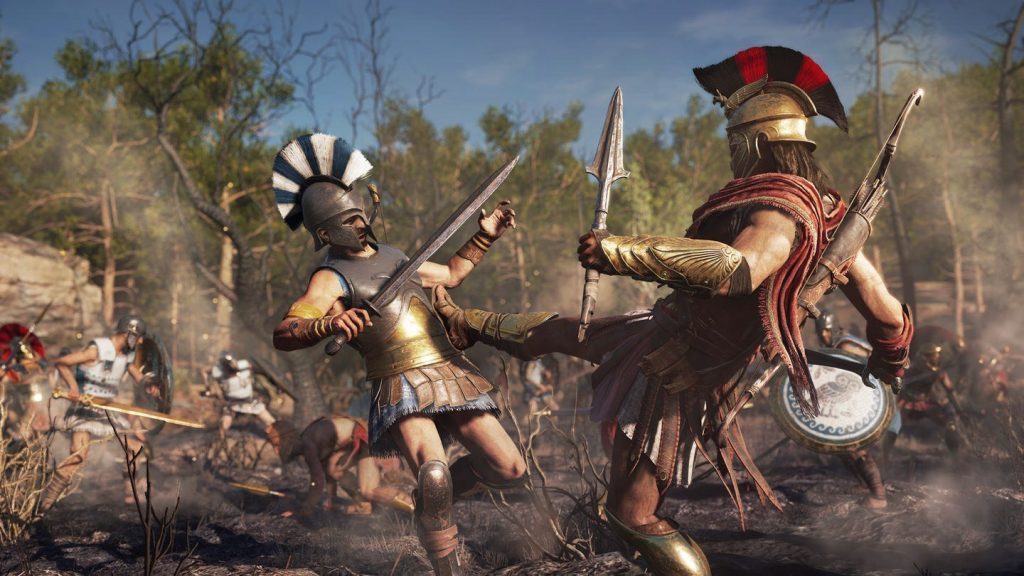
That’s not necessarily a bad thing, however. It’s better for the franchise to evolve, than be stuck in the past. “I think that Assassin’s Creed as a series and Origins in particular show that the franchise and its fascinating universe have such strong foundations that they can evolve, sometimes a lot, without losing their identity,” Guesdon explained. “’Everything is permitted,’ literally.”
Still, it does feel sometimes like some of the original magic has been lost over the years. “I don’t play the [new] Assassin’s Creed games because I feel like I’m working without being able to do anything,” explained Patrice Désilets, the creative director of the original Assassin’s Creed. “Because they’re done.
I remember playing AC3 for two hours and said, ‘OK, I have no pleasure — like I got no fun whatsoever. I’m working. And I’m pissed.’”
Nevertheless, Désilets recognizes that he is stuck with Assassin’s Creed in a sense, for better or worse. “I’m sure the guy from Tomb Raider, every game they make is a bit Tomb Raider, even if it’s with a dog.”
“Creating an IP is really fun but it’s also stressful,” said Nicolas Cantin, Art Director for Cinematics on the original game. “You realize that at some point also the IP becomes so big that you need to let it go. It’s your little baby but at some point you need to let it go and other people will work on that and it’s going to just get better.”

